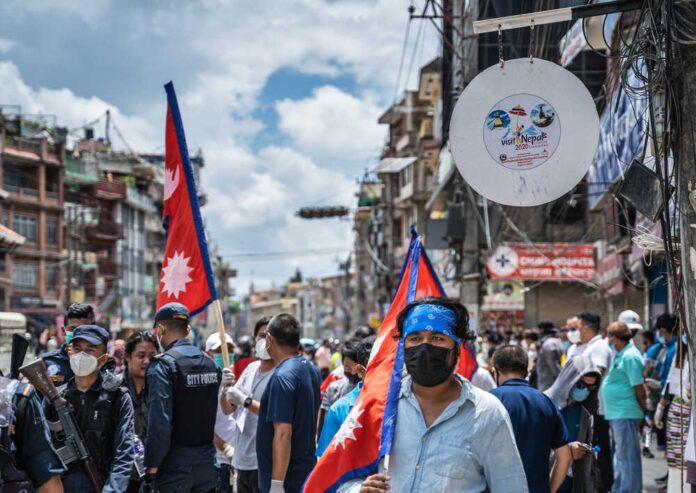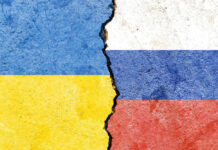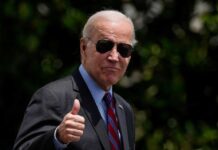
Protests in Nepal led to the abdication of King Gyanendra Shah sixteen years ago, paving the path for establishing a republic. A fresh wave of demonstrators is seeking his return.
Protesters in the Himalayan nation’s capital are out in force once again, this time calling for the restoration of the Shah as king and the official recognition of Hinduism.
According to royalist organizations, the country’s main political parties are corrupt and have failed to run the country effectively, and the public is angry with lawmakers.
Before his 2005 assumption of total power, Gyanendra was a constitutional head of state without political or executive authority. After establishing a state of emergency and putting the country under military administration, he arrested politicians and journalists, severed communications, and abolished the parliament and government.
In 2006, he was compelled to relinquish authority in parliament through protests that brought hundreds of thousands of people. Two years later, the parliament decided to abolish the monarchy, and Gyanendra departed from the Royal Palace to lead a life as a commoner.
Recently, there has been a noticeable uptick in the size of pro-monarchy demonstrations, and pictures of the former king and his family have been appearing in public spaces.
The republic has lost the support of many Nepalese citizens, who feel it is to blame for the country’s economic woes and pervasive corruption. Nepal has gone through thirteen different administrations.
According to independent Kathmandu-based researcher Dhruba Hari Adhikary, many Nepalis feel that elected officials care more about power and patronage than they do about solving their concerns.
Hundreds of thousands of people came to Kathmandu in November to show their support for the monarch, but riot police used tear gas and batons to disperse them before they could reach the city.
In the primarily Hindu country, kings were traditionally seen as reincarnations of Vishnu.














